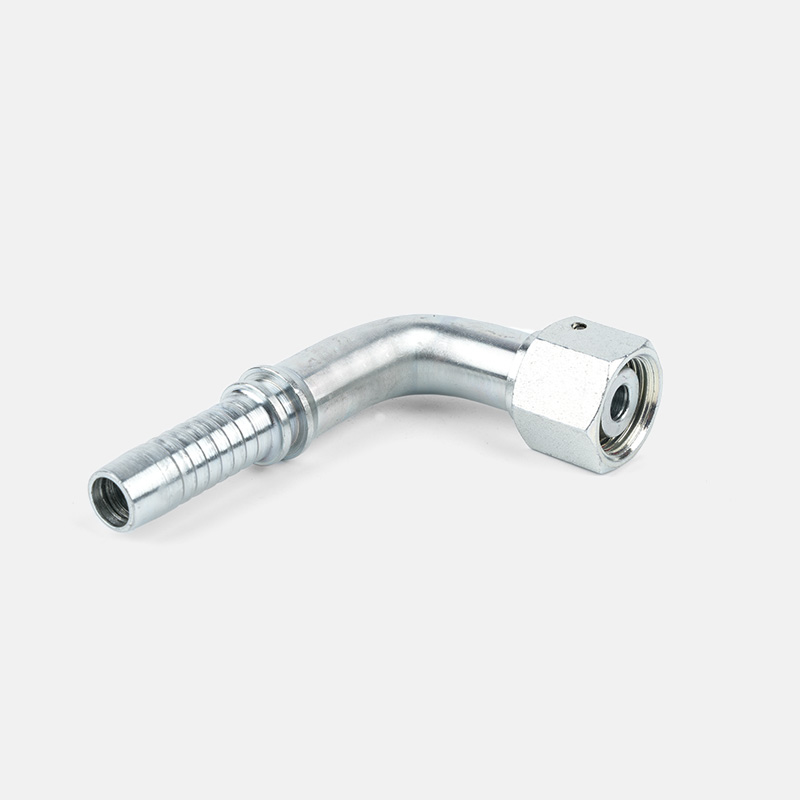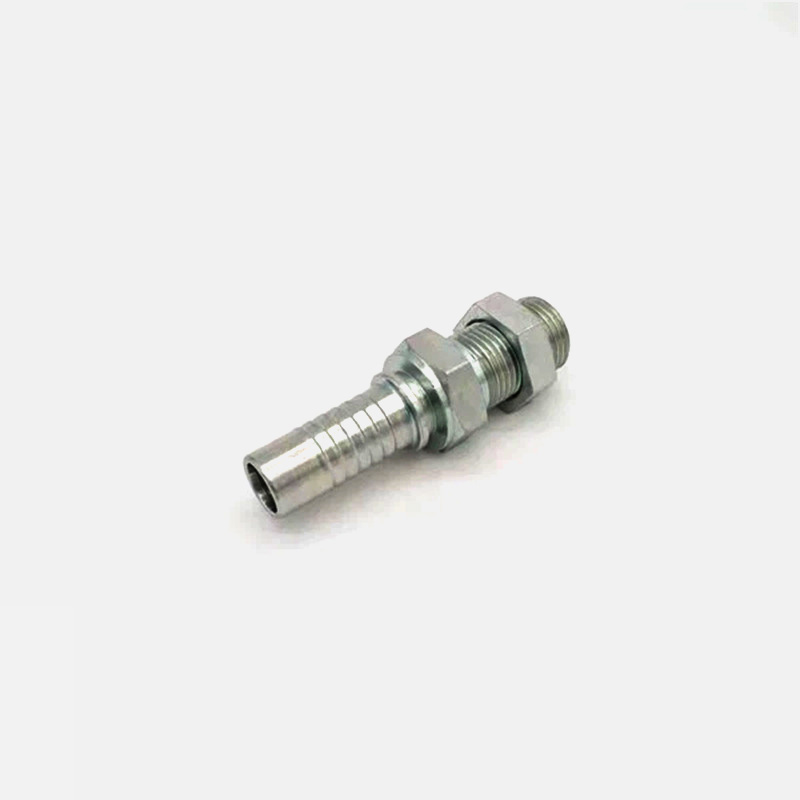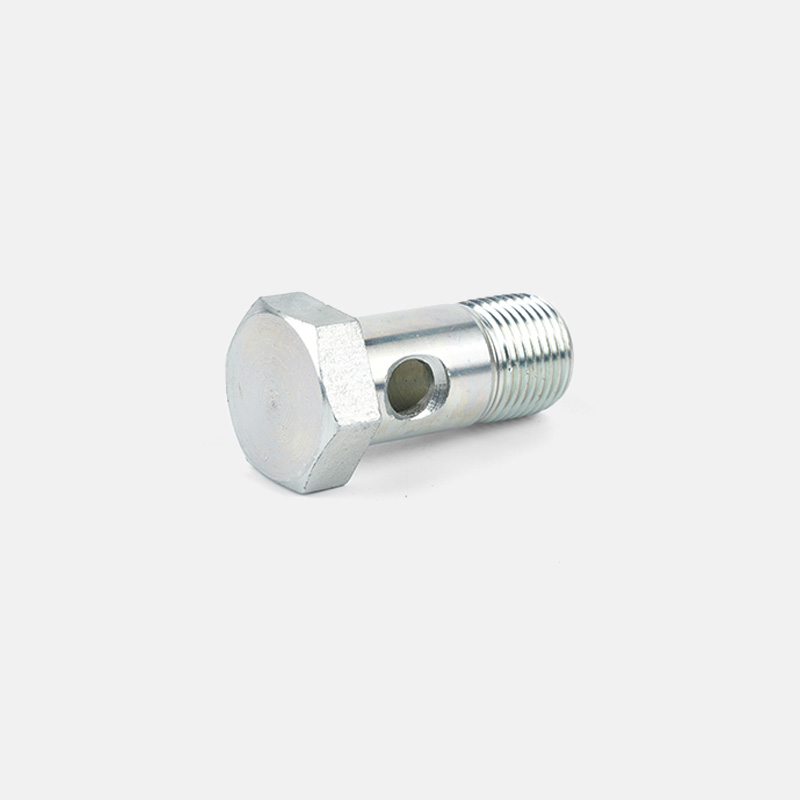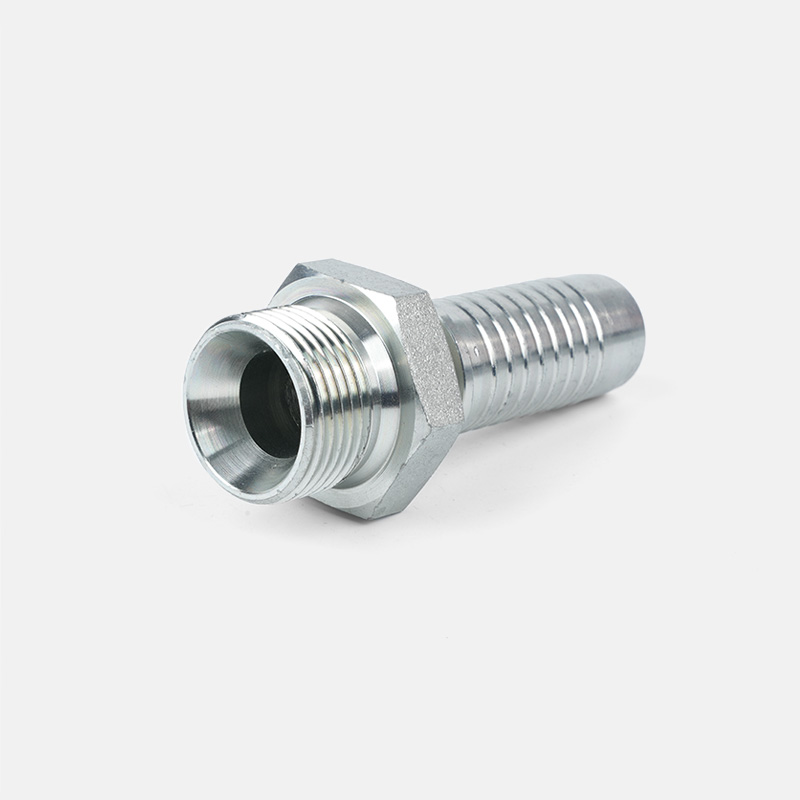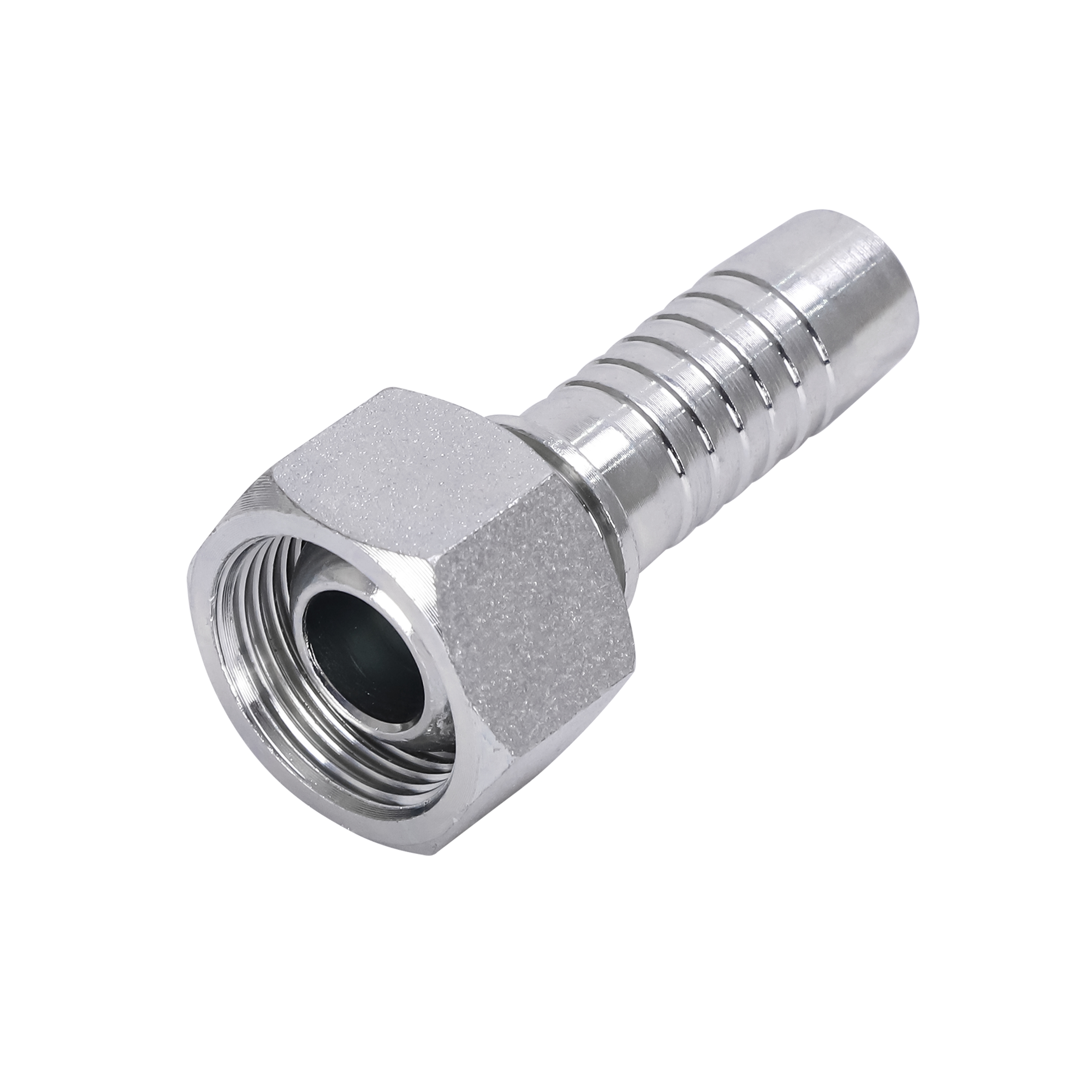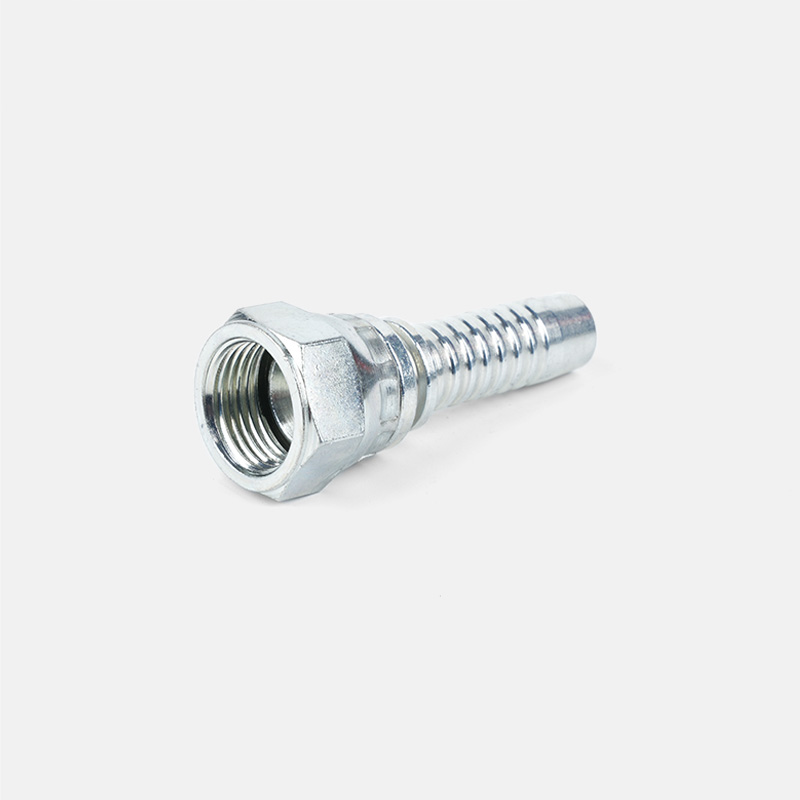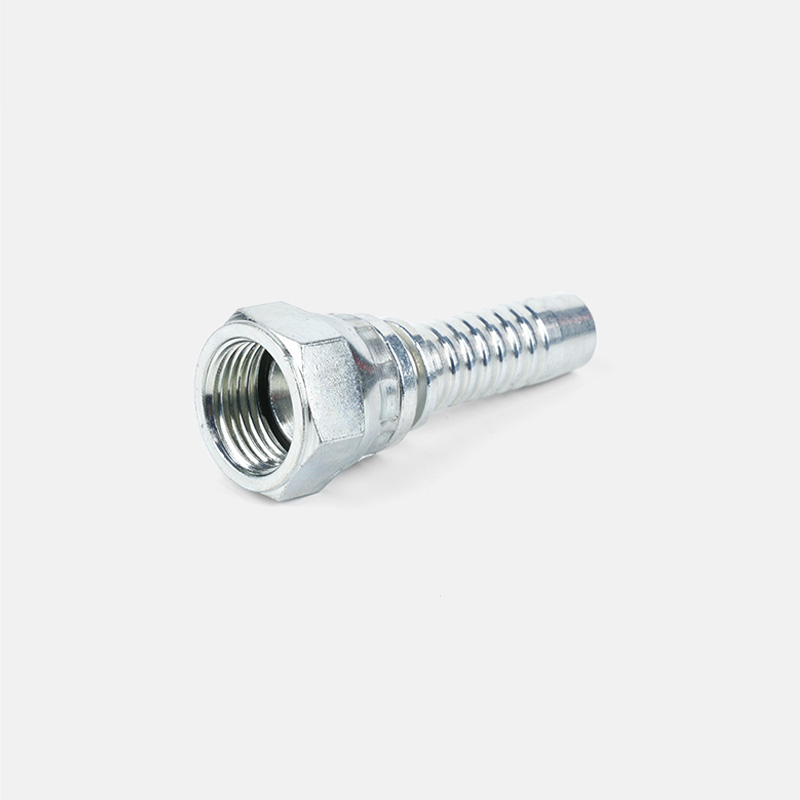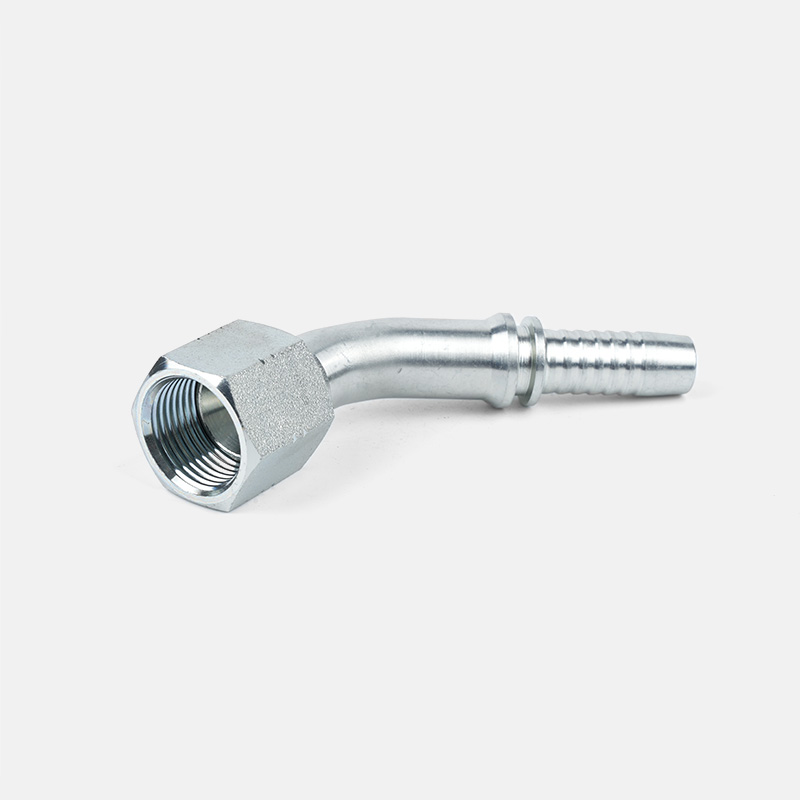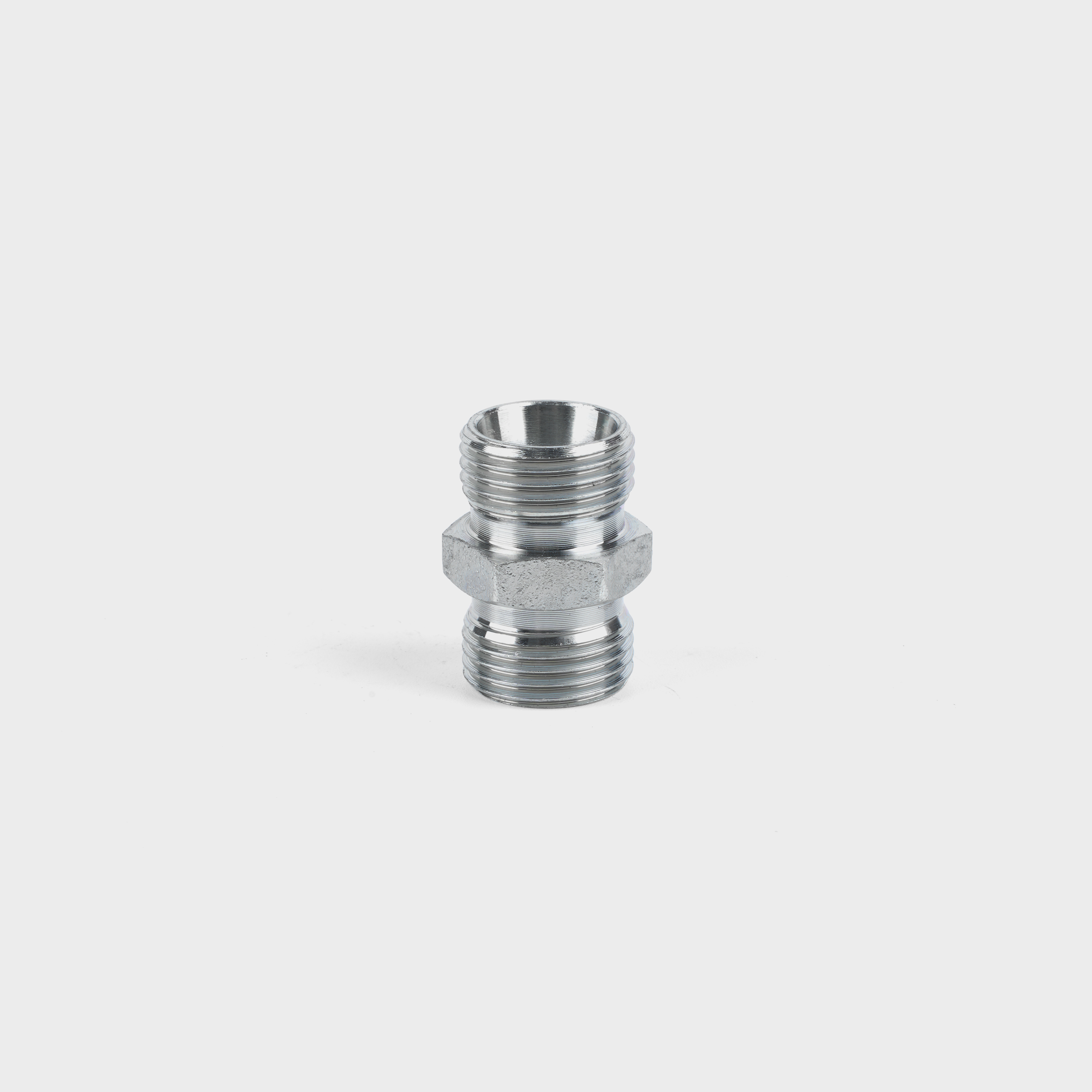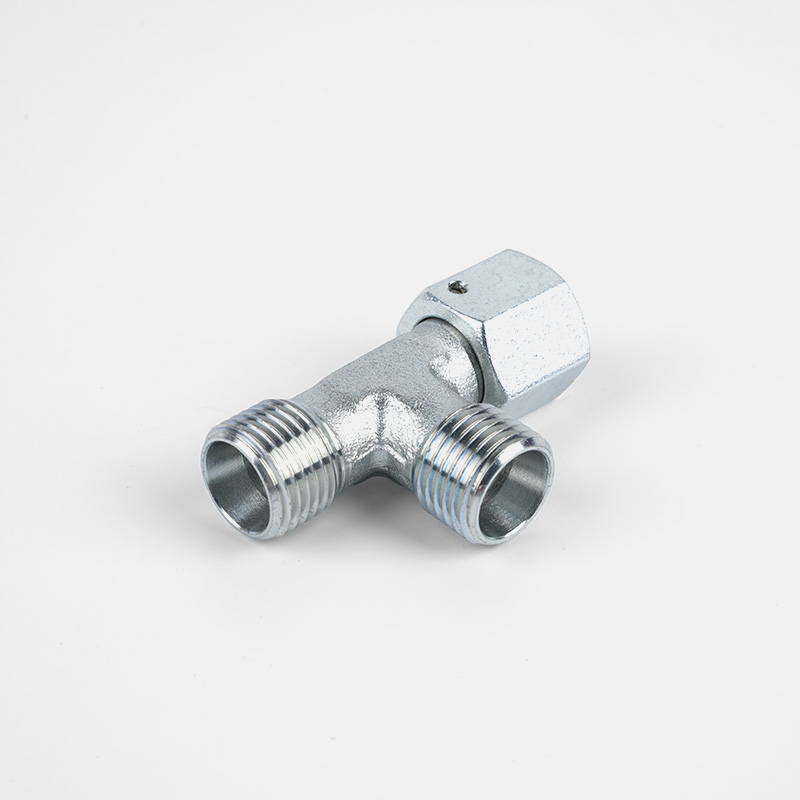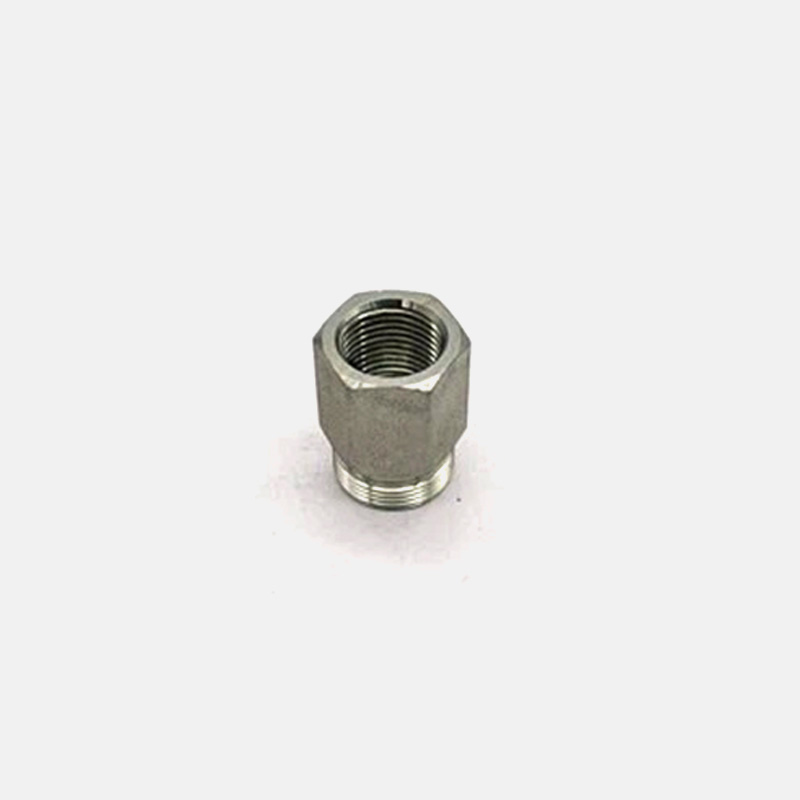Language
ENGHow can the sealing performance of high-pressure ball valves ensure their reliability in high-temperature and high-pressure environments?
 2025.04.28
2025.04.28
 industy news
industy news
The sealing performance reliability of high-pressure ball valves in high-temperature and high-pressure environments is one of the key factors ensuring the safe and stable operation of industrial systems. In order to meet the stringent requirements under extreme working conditions, modern high-pressure ball valves have adopted multiple advanced technologies in design, materials, and manufacturing processes.
The selection of sealing materials is crucial. Under high temperature and pressure conditions, traditional rubber or plastic sealing materials are prone to aging, deformation, or failure. Therefore, high-pressure ball valves typically use high-performance polymer materials (such as PTFE, PEEK) or metal alloys as sealing seats. PTFE (polytetrafluoroethylene) has become the preferred sealing material for many high-pressure ball valves due to its excellent chemical corrosion resistance, low friction coefficient, and good thermal stability (able to withstand temperatures ranging from -200 ° C to 260 ° C). For applications at higher temperatures (such as over 300 ° C), graphite reinforced composite materials or metal sealing structures can be used to ensure reliable sealing performance even under extreme conditions.
The impact of structural design on sealing performance is extremely critical. Traditional floating ball valves may experience seal failure due to ball displacement under high pressure, while fixed ball valves fix the ball position through upper and lower valve stems to reduce the impact of pressure fluctuations on the sealing surface. Some advanced high-pressure ball valves adopt double piston effect (DPE) or single piston effect (SPE) valve seat designs, which use medium pressure to push the valve seat tightly against the ball, forming a self reinforcing sealing effect. This design not only improves sealing reliability, but also adapts to working conditions with large pressure fluctuations.
Metal to Metal Sealing (MTMS) is another technology suitable for ultra-high pressure environments. This structure uses hard alloys (such as tungsten carbide or Stellite alloy) as the contact surface between the valve seat and the sphere, ensuring extremely high surface smoothness through precision grinding, thereby achieving zero leakage without the assistance of elastic materials. This design is particularly suitable for harsh working conditions such as high temperature, high pressure, and media containing solid particles, such as high-pressure pipeline systems in the oil and gas extraction and chemical industries.
The influence of manufacturing process and assembly accuracy on sealing performance cannot be ignored. Modern CNC machining technology can ensure that the roundness and surface roughness of the sphere and valve seat reach micrometer level accuracy, thereby reducing the risk of leakage. Some high-end ball valves also use hot fitting or laser welding technology to avoid sealing failure caused by loose bolt connections. In extreme high temperature environments (such as exceeding 500 ° C), conventional materials may not meet the requirements, and ceramic coatings or fully ceramic ball valves can be used in such cases. For example, zirconia (ZrO ₂) or silicon carbide (SiC) ceramics have extremely high hardness and temperature resistance (up to 1600 ° C), making them suitable for special fields such as aerospace and nuclear power. Ceramic materials have high brittleness, so it is necessary to combine finite element analysis to optimize structural design and avoid cracking caused by thermal stress concentration.
Maintenance and monitoring are equally important steps in ensuring long-term reliability. Although modern high-pressure ball valves are designed to have a lifespan of several decades, it is still necessary to regularly inspect the wear of the sealing surface, leakage of the valve stem packing, and response performance of the actuator during actual operation. The development of intelligent valve technology has made online monitoring possible, such as real-time detection of temperature, pressure, and leakage through built-in sensors, and early warning of potential faults.


